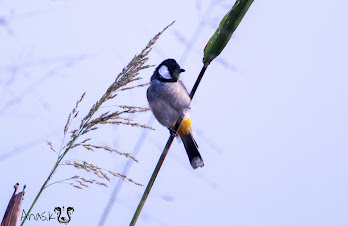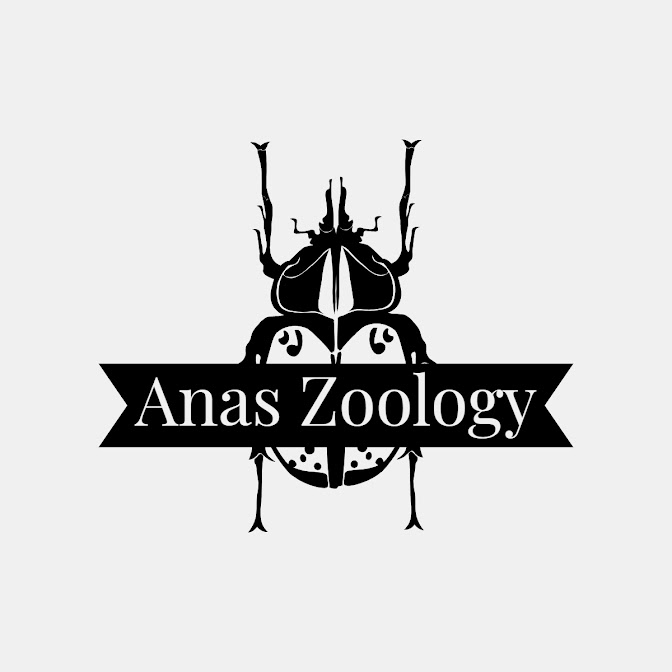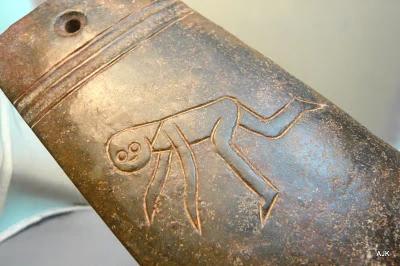White-Eared Bulbul (Blogpost 3)

White-Eared Bulbul ( Pycnonotus leucotis ) The White-Eared Bulbul is a member of Pycnonotidae family. Distribution: It is found in south-western Asia from India to the Arabian Peninsula. Identification: It has a brownish-grey body. The tail is relatively long, starting off black and ending in white tips. The head is black, but the area around its cheeks is white. The vent is bright yellow. Conservation Status: Least Concern (LC) White-Eared Bulbul Realted Posts: Scarlet Skimmer: https://anaszoology.blogspot.com/2022/08/scarlet-skimmer-blogpost-2.html













.png)

